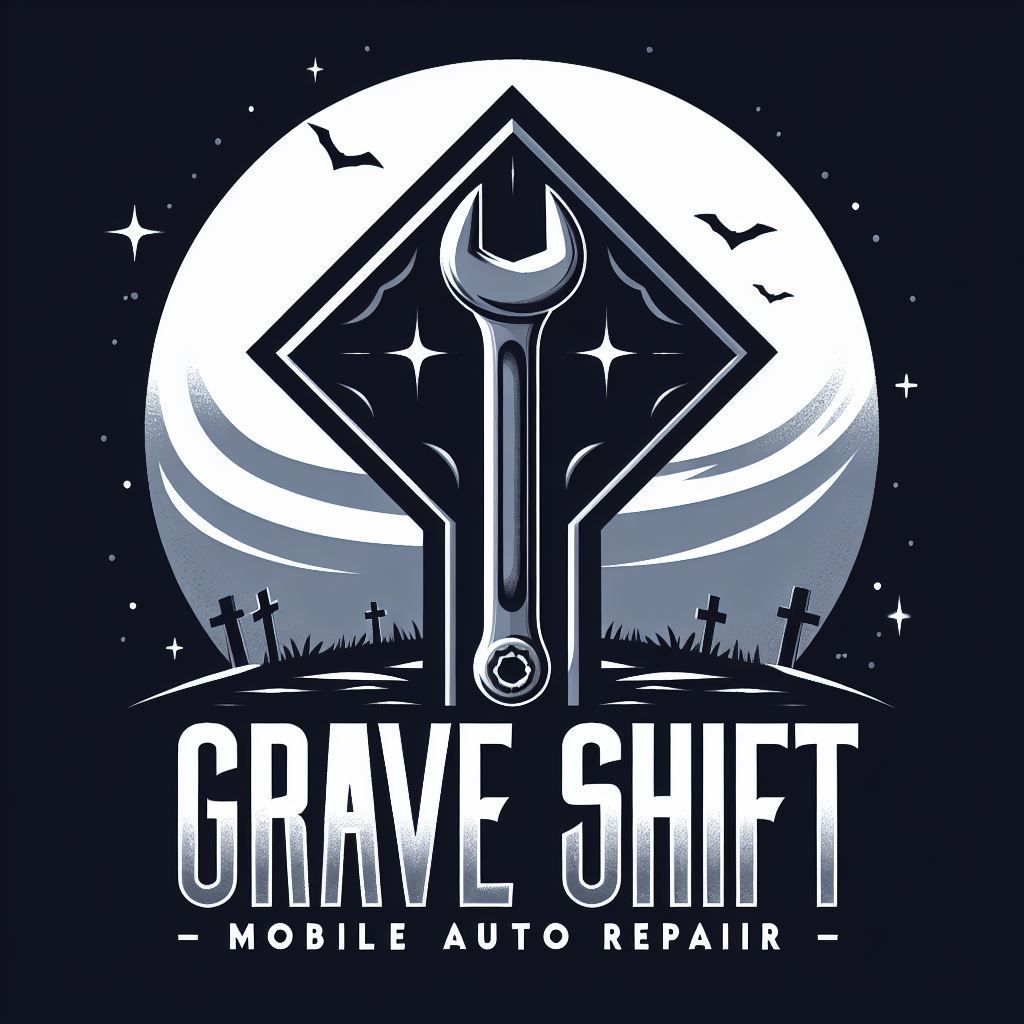

What Are the Signs That a vehicle Needs Maintenance?
Recognizing when your vehicle needs maintenance is crucial for ensuring its longevity and optimal performance. Here are some signs that indicate it's time for maintenance:
1. Service Reminder Light: Many modern vehicles are equipped with a service reminder system that alerts you when maintenance is due based on factors like mileage or time elapsed since the last service. Ignoring these reminders can lead to excessive wear and damage to engine components, leading to costly repairs.
2. Fluid Leaks: Any noticeable leaks underneath the vehicle, such as oil, coolant, transmission fluid, brake fluid, or power steering fluid, indicate potential issues that need attention. Regularly checking for leaks is crucial for identifying and repairing potential problems before they have the opportunity to critically fail.
3. Unusual Noises or Vibrations: Strange noises like squealing brakes, grinding gears, rattling exhaust, or knocking engine sounds may indicate worn-out or damaged components that require maintenance or replacement. Similarly, vibrations felt while driving could signal issues with tires, suspension, or drivetrain components.
4. Dashboard Warning Lights: Warning lights such as the check engine light, oil pressure warning, battery warning, or brake system warning should never be ignored. These lights indicate potential problems that need to be diagnosed and addressed by a qualified technician.
5. Decreased Performance or Efficiency: If you notice a decrease in fuel efficiency, sluggish acceleration, rough idling, or difficulty starting the engine, it could be due to issues like dirty air filters, worn spark plugs, or fuel system problems that need maintenance.
6. Worn or Damaged Belts and Hoses: Check the condition of belts and hoses under the hood regularly. Cracks, fraying, or signs of wear indicate that they need to be replaced to prevent sudden failures that could lead to engine damage or overheating.
7. Uneven Tire Wear: Uneven tire wear patterns, such as excessive wear on the inner or outer edges of the tires, can indicate problems with wheel alignment, suspension components, or tire pressure. Proper tire maintenance is essential for safety and optimal handling.
8. Sudden Changes in Handling or Steering: If you experience sudden changes in steering responsiveness, difficulty steering, or pulling to one side while driving, it could indicate issues with the steering system, suspension components, or wheel alignment that require maintenance.
9. Overdue Maintenance Intervals: Regular maintenance tasks such as oil changes, tire rotations, fluid flushes, and filter replacements are essential for keeping your vehicle in top condition. Refer to your vehicle's owner's manual for recommended maintenance intervals and adhere to them diligently.
10. Visible Wear and Tear: Inspect your vehicle visually for signs of wear and tear, such as cracked or worn-out hoses, corroded battery terminals, or deteriorating brake pads. Addressing these issues promptly can prevent more significant problems down the line.
By staying vigilant for these signs and adhering to a regular maintenance schedule, you can keep your vehicle running smoothly and minimize the risk of unexpected breakdowns or costly repairs.
All Rights Reserved | GraveShiftMobileAutoRepair